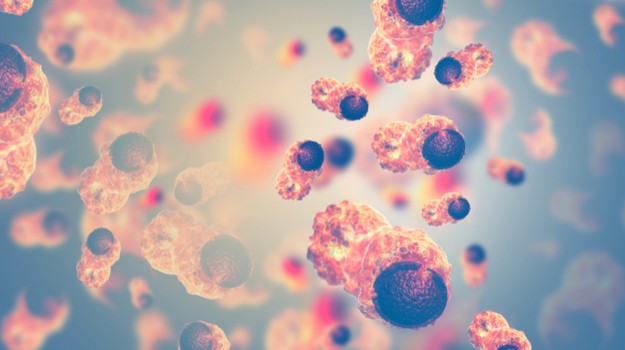Scientists at the Broad Institute of MIT and Harvard tested about 4,518 drugs on 578 human cancer cell lines. They discovered that almost 50 had previously unrecognized anti-cancer properties. The drugs ranged from treatments for diabetes, inflammation, alcoholism and arthritis in dogs.
“We thought we’d be lucky if we found even a single compound with anti-cancer properties, but we were surprised to find so many,” said Todd Golub, chief scientific officer and director of the Cancer Program at the Broad.
The research leveraged the Broad’s Drug Repurposing Hub. This Hub is made up of more than 6,000 existing drugs and molecules the U.S. Food and Drug Administration (FDA) has either already approved or have been shown to be safe in clinical trials. At the time the group conducted their study, there were 4,518 compounds in the Hub. The research was published in the journal Nature Cancer.
“We created the repurposing hub to enable researchers to make these kinds of serendipitous discoveries in a more deliberate way,” said Steven Corsello, an oncologist at Dana-Farber Cancer Institute, founder of the Drug Repurposing Hub, member of the Golub lab and first author of the study.
The investigators evaluated all the molecules in the Drug Repurposing Hub on 578 human cancer cell lines from the Broad’s Cancer Cell Line Encyclopedia (CCLE). They leveraged a molecular barcoding technique called PRISM, also developed in the Golub lab, that allowed the team to tag each cell line with a DNA barcode. This let them pool several cell lines together in each Petri dish, allowing them to run a larger experiment faster. They then exposed each pool of barcoded cells to a single drug and measured the survival rate of the cancer cells.
Unexpectedly, they found almost 50 non-cancer drugs killed some cancer cells. They also found that some of the drugs killed cancer in unusual ways.
“Most existing cancer drugs work by blocking proteins, but we’re finding that compounds can act through other mechanisms,” Corsello said.
For example, some of the drugs activated a protein or stabilized a protein-protein interaction. Almost a dozen of the non-cancer drugs killed cancer cells expressing the PDE3A protein by stabilizing the PDE3A and SLFN12 protein interaction. This was an unknown mechanism.
Many of the drugs killed cancer cells by interacting with a previously unrecognized molecular target. One example is the drug tepoxalin, used to treat osteoarthritis in dogs. But the drug killed cancer cells by interacting with an unknown target in cancer cells that overexpress the MDR1 protein, which is linked to resistance to chemotherapy drugs.
The researchers were further able evaluate the cell line’s genomic features and predict which drugs could kill each cell line. Those genomic features included mutations and methylations levels, which were available in the CCLE database.
An example was the drug disulfiram, with the brand name Antabuse, which is used to treat alcohol dependence. This drug killed cell lines that had mutations that result in depletion of metallothionein proteins. And drugs that contain vanadium, which was originally used to treat diabetes, killed cancer cells that expressed the sulfate transporter SLC26A2.
“The genomic features gave us some initial hypotheses about how the drugs could be acting, which we can then take back to study in the lab,” Corsello said. “Our understanding of how these drugs kill cancer cells gives us a starting point for developing new therapies.”
This may also only be the beginning. They hope to expand the study in more cancer cell lines and new compounds are being added to the Hub all the time. Meanwhile, they will continue to analyze the new data, which has been openly shared with the scientific community via the Broad’s Cancer Dependency Map, dubbed the DepMap Portal.

